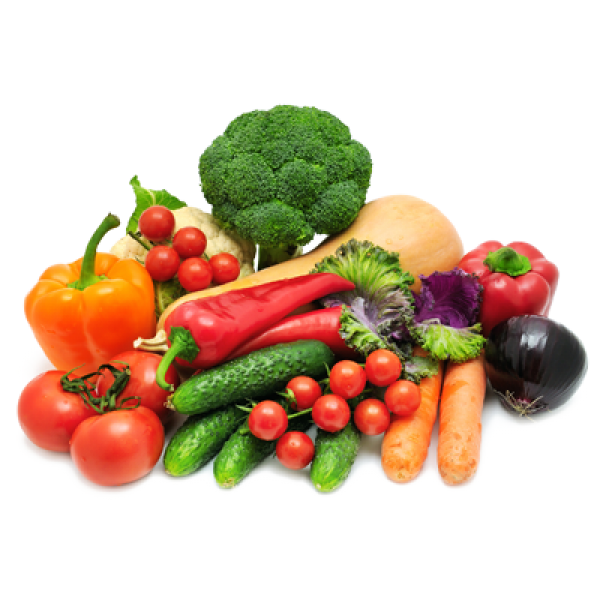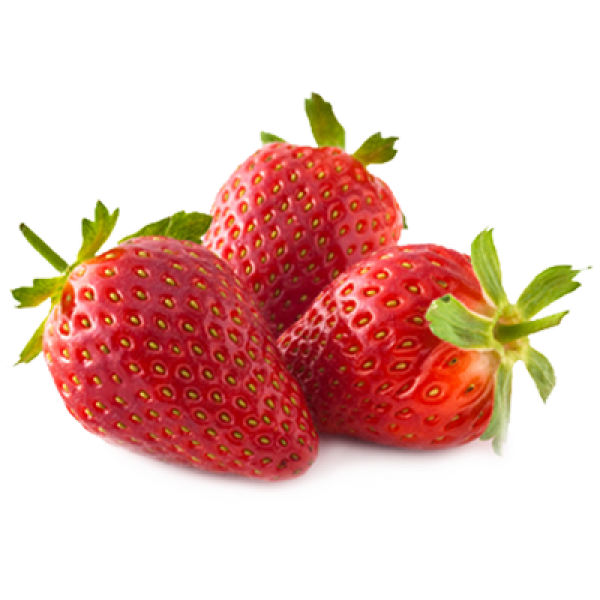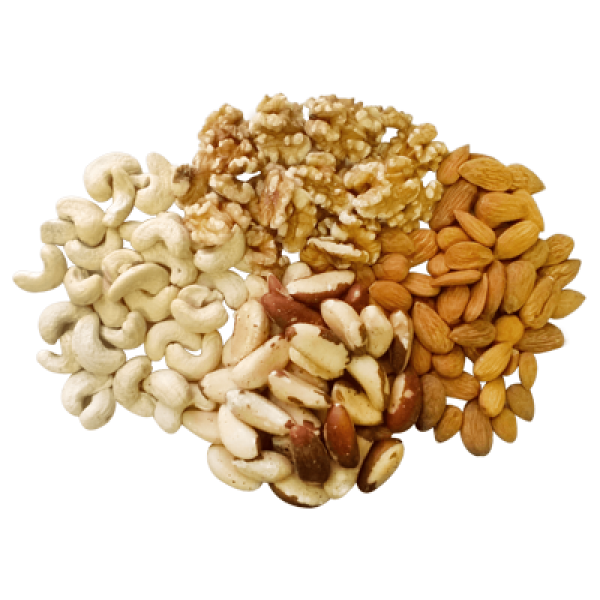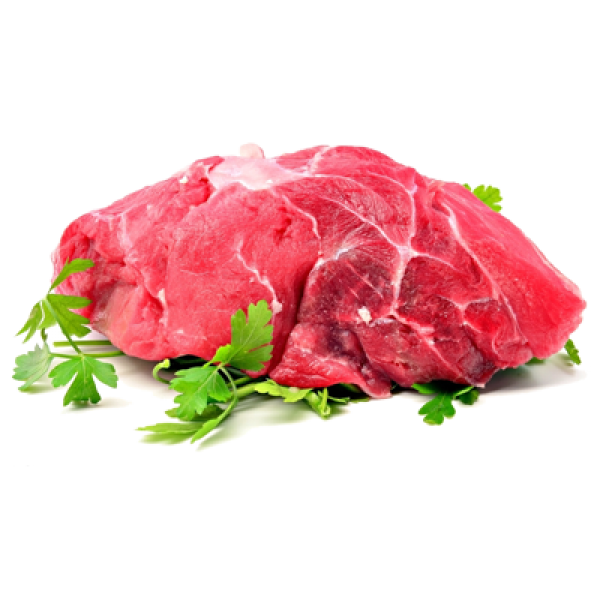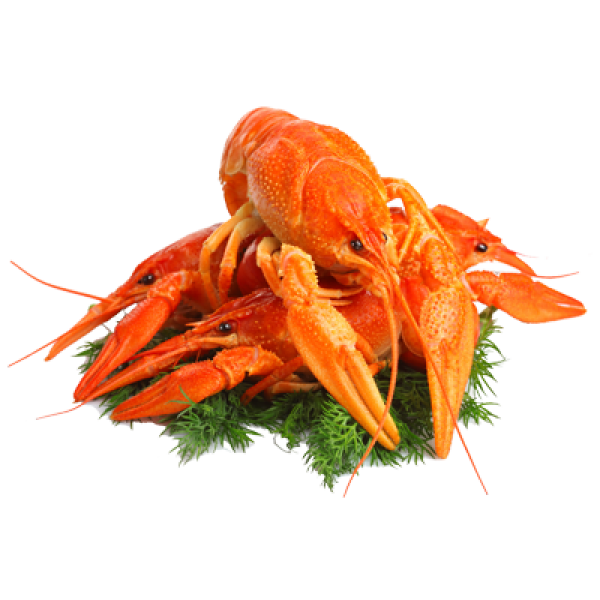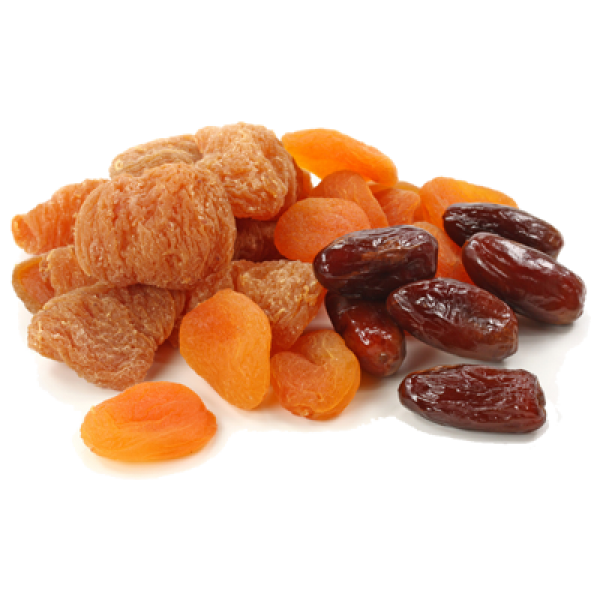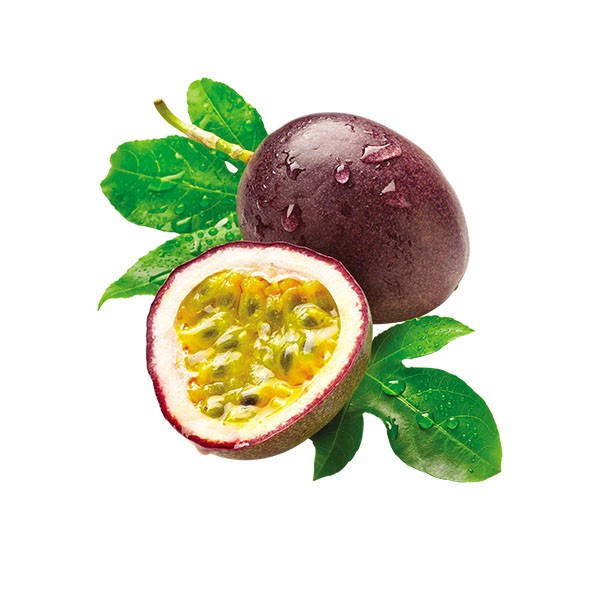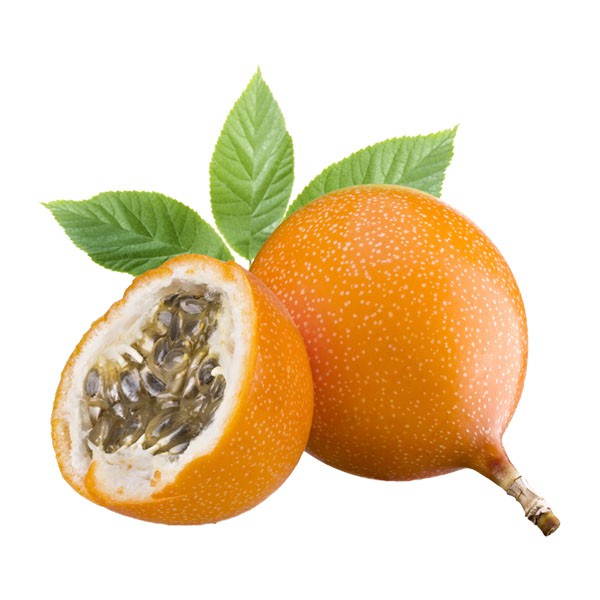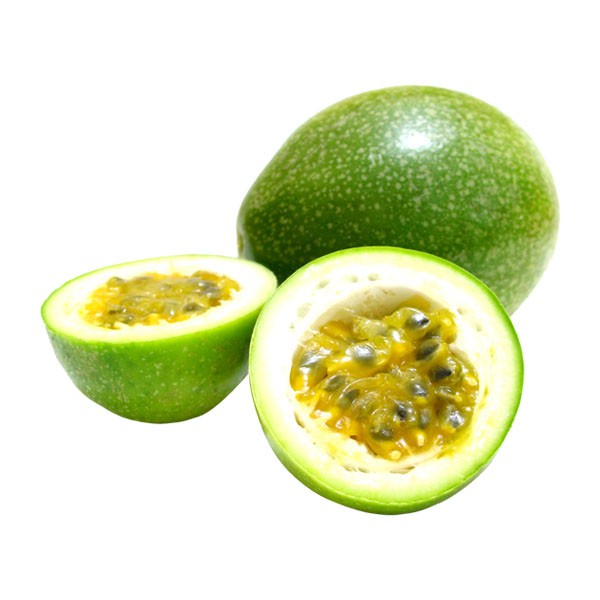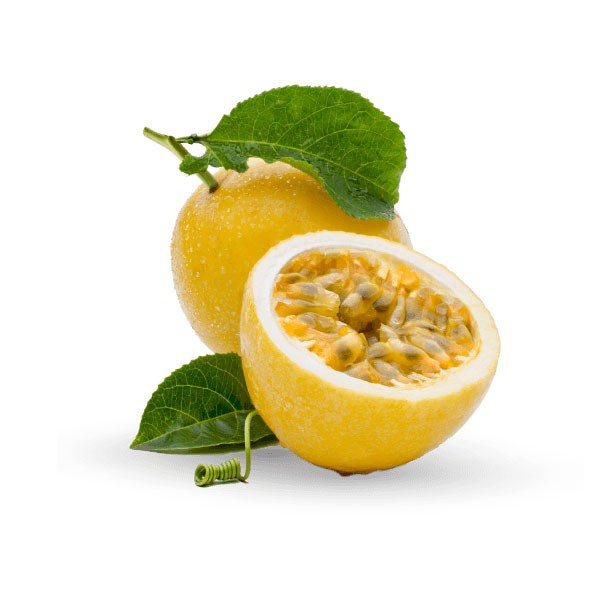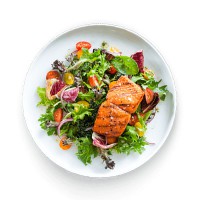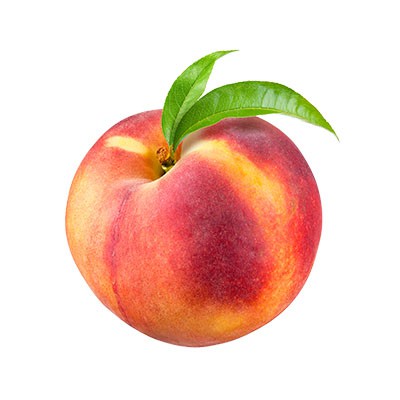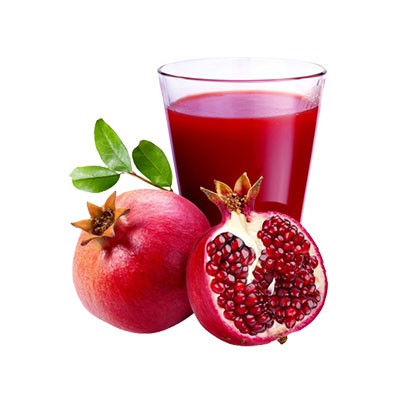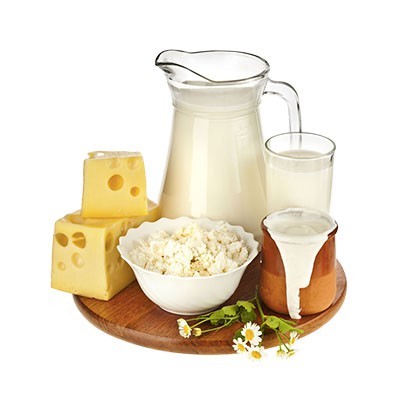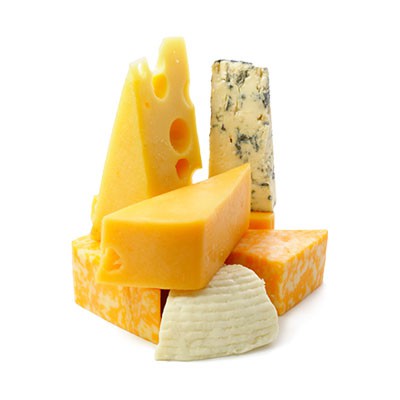Passiflora edulis, commonly known as passion fruit, is a vine species of the passion flower family. It is native to southern Brazil, Paraguay, and northern Argentina. Here are some interesting details about this fascinating plant:
Description
- Vine: Passion fruit vines are fast-growing, woody perennials that can climb using tendrils. They can grow up to 15 feet long.
- Leaves: The leaves are tri-lobed, glossy, and have finely-toothed margins. They are arranged alternately on the vine.
- Flowers: The flowers are spectacular and characteristic, often used as ornamental plants. They are white and purple-blue, with five petals and a prominent central structure consisting of five stamens, an ovary, and a triple-branched style.
- Fruit: The fruit is a pepo, a type of botanical berry. It is round to oval, with a tough, thick rind that is smooth and waxy. The fruit can be yellow or dark purple at maturity. Inside, there is a cavity filled with numerous small, wedge-shaped black seeds, each surrounded by a juicy, deep orange-colored sac. The flavor of the fruit is musky and guava-like, ranging from subacid to acid in taste.
Varieties
There are two main varieties of passion fruit:
1. Purple Passion Fruit (Passiflora edulis f. edulis): The fruit is dark-purple or nearly black, rounded or egg-shaped, and about 5 cm long, weighing 30-45 grams.
2. Yellow Passion Fruit (Passiflora edulis f. flavicarpa): The fruit is deep yellow, similar in shape but slightly longer and larger than the purple type, weighing 60-90 grams.
Cultivation
- Climate: Passion fruit thrives in tropical and subtropical regions. It requires mild temperatures for normal fruiting and may not set fruit during the hottest part of the season.
- Pollination: Pollination is essential for fruit production. The most effective insect for pollinating passion fruit is the bee. Flowers of the purple passion vine can set fruit when self-pollinated, while many yellow passion vines require pollen from a different vine.
Uses
- Culinary: The fruit is both eaten and juiced. The juice is often added to other fruit juices to enhance aroma. It is also used in desserts, sauces, and beverages.
- Ornamental: Due to its beautiful flowers, passion fruit vines are widely used as ornamental plants.


